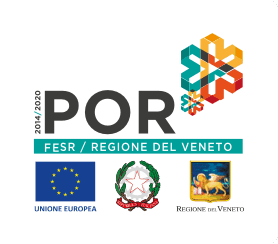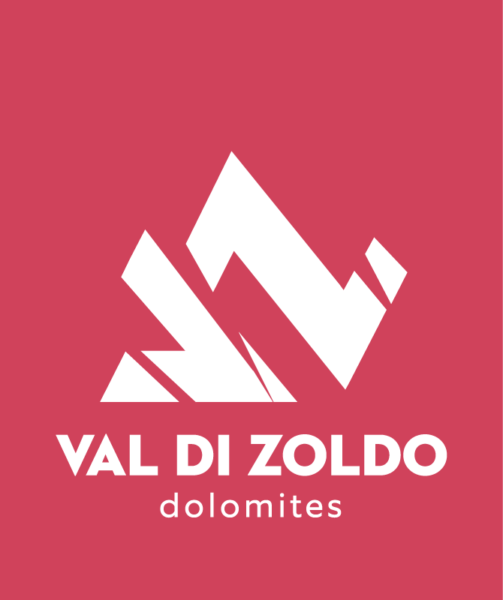Cibiana has allowed its history to be painted on its walls, opening its soul to others. It is difficult to stubble intoCibiana by chance. The same village and its two neighbouring boroughs – Pianezze e Masarié – have been isolated from the increasing hustle and bustle and general development of the Cadore area for many years. The Rite river, that created the deep valley where Cibiana is located, wasn’t apt for lowering of trunks. The Boite, on the other hand, just a few metres lower down, offered a better option and became famous as one of the main centres in the Piave basin for the assembly and clearing of floating timber (the Piave area was the main supplier of timber of the Serenissima Republic). These activities created an important economic centre for the valley, particularly in terms of social aggregation.
An important period of development for this area was the 18th century, during which the iron mines in Dubiea and in Val Inferna were discovered. The proximity of this raw material to Cibiana encouraged the beginnings of an important activity, then artisan, now industrial, that of the production of keys.
Once, the village had more than two thousand inhabitants. The surrounding woods and the grazing lands of Mount Rite and of the Sassolungo didn’t quite satisfy the primary needs for survival of the population. This led to the emigration of the locals, typical of poor areas,
where living is difficult.
Then suddenly, an absurd ideas sprang to mind: “lets make of these old houses, most of which are deserted, art exhibits; paintings available to all, for collective enjoyment”. As in an oblivious psychoanalytic experiment, the village allowed its history to be painted on its walls, opening its soul to others.
Thus, the Cadore area has Tiziano in Pieve as his master, while Cibiana has a permanent laboratory of many local painters and paintings that speak about real life, of art crafts, of facts and of passions.
Among the many that have been produced in the village, a new key was brought to life. This one, however, opening the door to the heart of the village.


